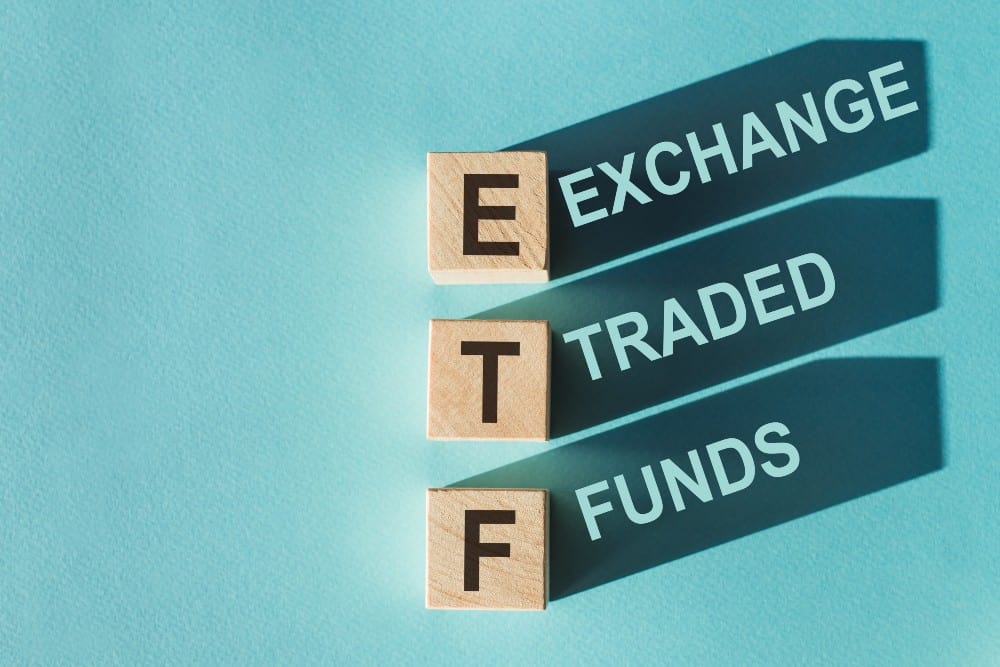Inflation protection is the call of the times, given the 5.1% Consumer Price Index (CPI) reading in January. According to Statistics Canada, it was the first time since September 1991 that the index rose above 5%. The Bank of Canada is now under pressure to nip the situation in the bud.
The BoC will meet on March 2, 2022, and expectations are high that the rate-hike cycle will begin. Market analysts project borrowing costs to increase seven times in 12 months. BoC Deputy Governor Tim Lane said, “While we now expect supply disruptions to ease and inflation to come down quickly in the second half of this year, we are alert to the risk that inflation may again prove more persistent.”
Meanwhile, income investors should prepare to hedge against inflation. If picking individual stocks is cumbersome, dividend-paying exchange-traded funds (ETFs) are the next-best options. Three names stand out for risk-averse investors seeking safe nets.
A basket of dividend aristocrats
BlackRock’s iShares S&P/TSX Canadian Dividend Aristocrats Index ETF Common Class (TSX:CDZ) is tops on the list. Besides the diversified exposure, the holdings are in high-quality Canadian dividend-paying companies. CDZ’s investment objective is to replicate the S&P/TSX Canadian Dividend Aristocrats Index’s performance.
Only large, established Canadian companies that have increased ordinary cash dividends annually for at least five consecutive years are in the basket. As of February 15, 2022, there are 95 dividend aristocrats in the portfolio. Fiera Capital and Slate Grocery are the top two holdings, although no stock has a percentage weight of more than 3%.
Performance-wise, the ETF is stable owing to its 44.09% (12.92% CAGR) rise in the last 3.01 years. If you invest today, the share price is $32.98, while the dividend yield is 3.38%.
Low to medium risk
BMO Global Consumer Staples Hedged to CAD Index ETF (TSX:STPL) has a low to medium risk-rating because of its exposure to global consumer staples stocks. The portfolio has 153 holdings that consist of large and mid-cap consumer staple companies.
Moderate, but long-term capital gains
BMO Conservative ETF (TSX:ZCON) is a “fund of funds” because the investments are in broad indexed equity (41.78%) and fixed income (58.12%) ETFs. The fund has a low-risk rating and provides income and moderate long-term capital appreciation. Rebalancing to strategic index asset allocation weights is every quarter.
Important policy change
Many expect Canada’s central bank to make an important policy change when the governor and his deputies deliberate in early March 2022. While the initial increase could be the customary quarter-point, an aggressive half-point hike is possible. For investors, the fight against inflation might take longer or up to 2023.








